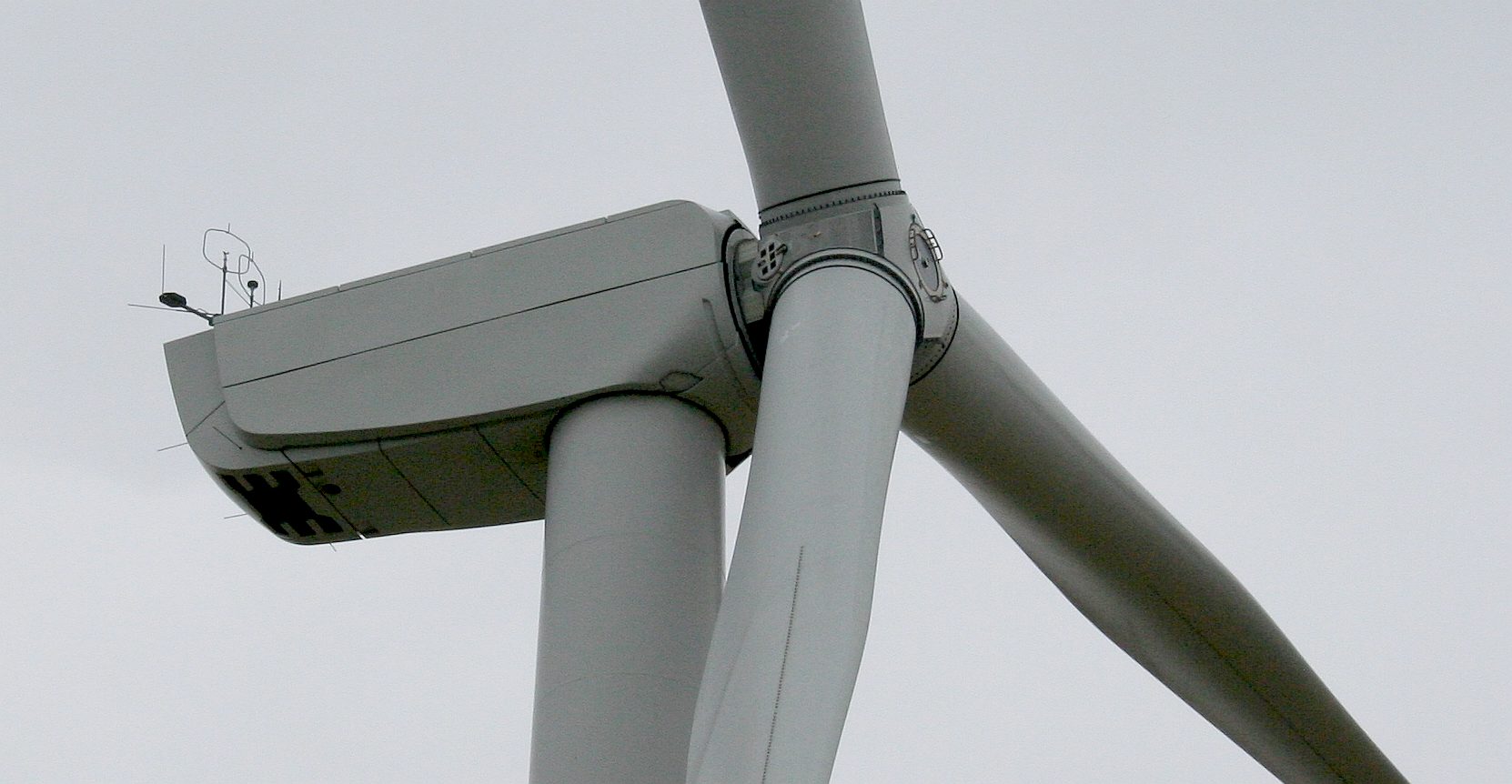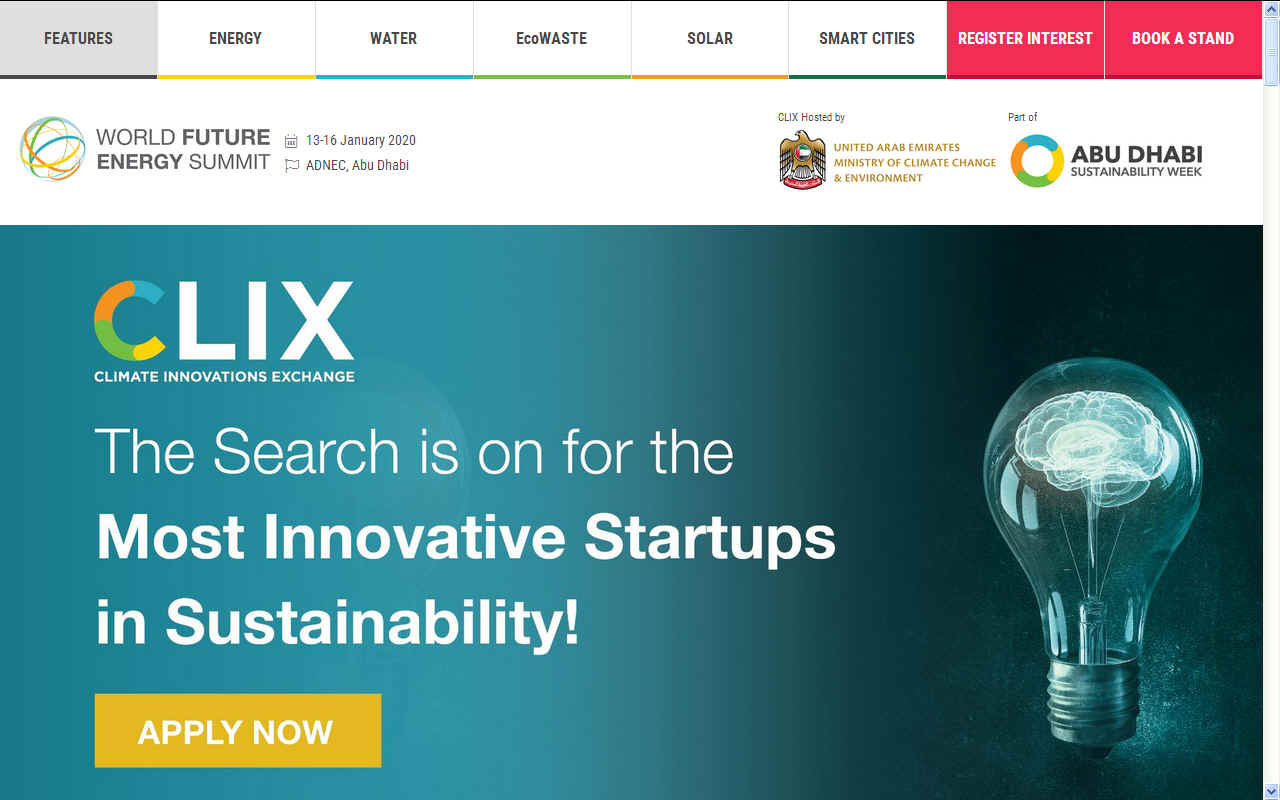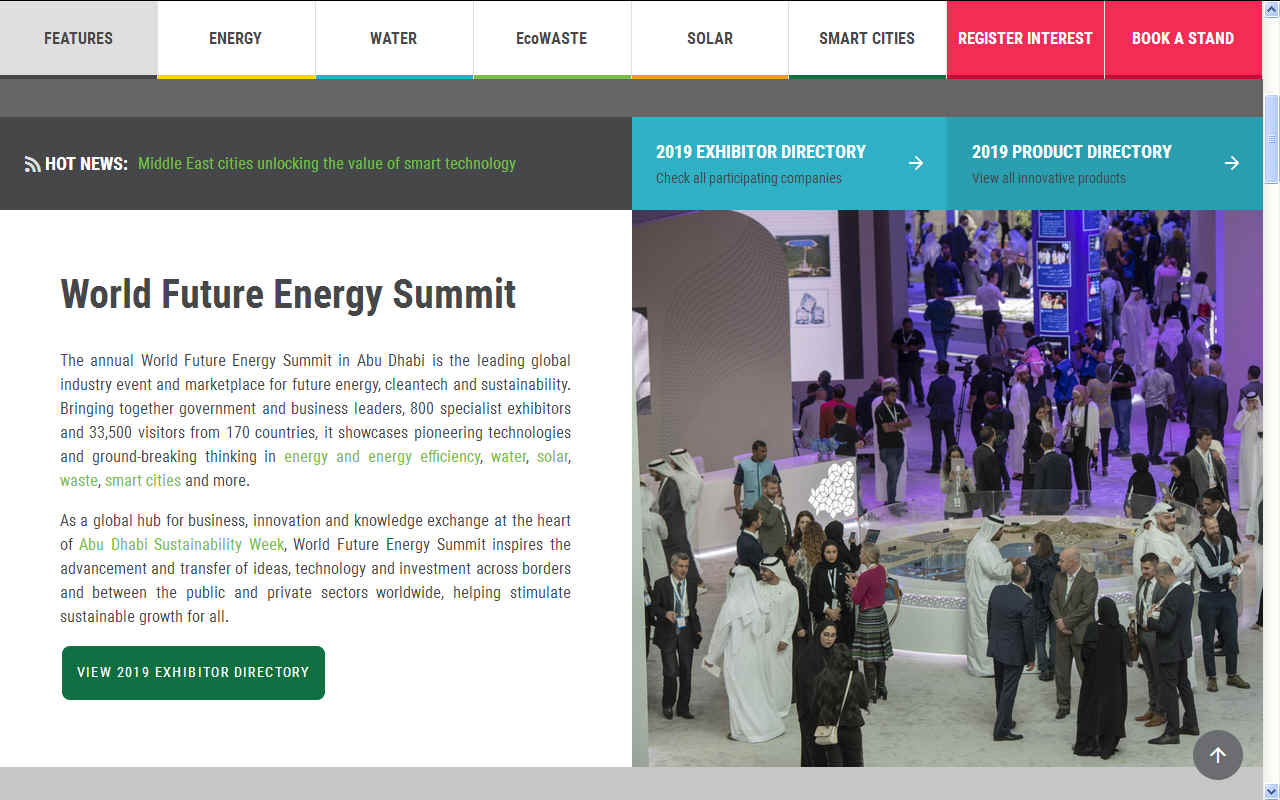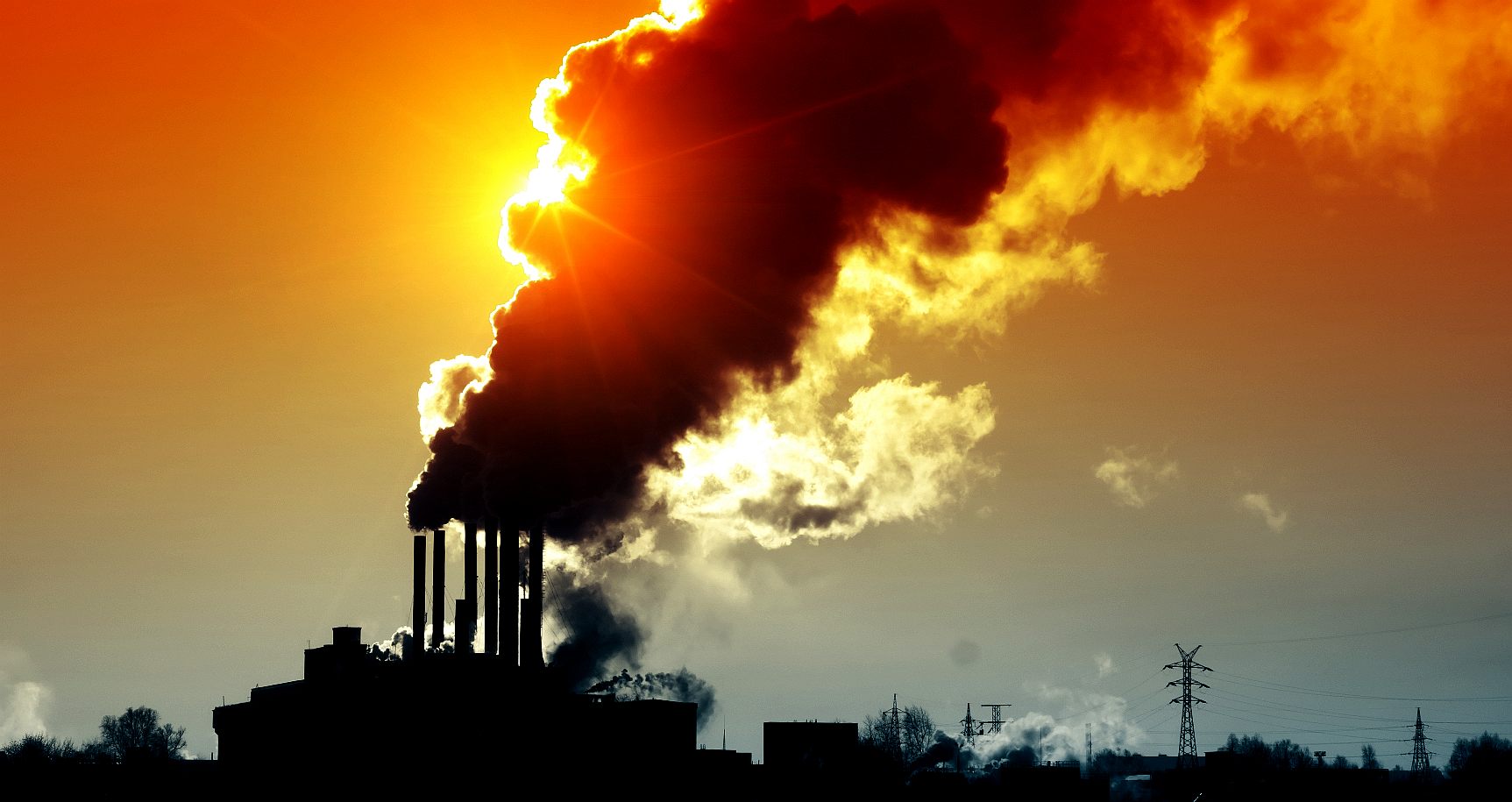|

The world’s renewable electricity capacity is forecast to rise more than 60% from 2020 levels to over 4,800GW by 2026 – equivalent to the current total global power capacity of
fossil fuels and nuclear combined, the International Energy Agency (IEA)
is quoted as saying.
Renewables by that date are set to account for nearly 95% of global power capacity increases, with
solar PV alone providing more than half of that, the IEA said in its latest Renewables Market Report.
The one snag being the most solar panels are made in China
using electricity from coal
fired generating stations.
The agency expects the amount of renewables capacity added in the 2021-26 period to be 50% higher than in the 2015-20 period, driven by stronger government policy support and more ambitious clean energy targets announced in the wake of the recent
COP26 climate conference in Glasgow, Scotland.
Despite rising costs for key materials used to make solar panels and wind turbines, renewables additions in 2021 are seen rising to a new all-time high.
“This year’s record renewable electricity additions of 290GW are yet another sign that a new global energy economy is emerging,” said IEA executive director Fatih Birol.
“The high commodity and energy prices we are seeing today pose new challenges for the renewable industry, but elevated fossil fuel prices also make renewables even more competitive.”
China, India,
Europe and the
USA together will account for 80% of the global renewables expansion, the IEA reckons.
China alone is expected to reach a total wind and solar capacity of 1,200GW in 2026, four years earlier than its current target of 2030. The other Asian heavyweight, India, is set to double new installations compared with the 2015-20 period.
“The growth of renewables in India is outstanding, supporting the government’s newly announced goal of reaching 500GW of renewable power capacity by 2030 and highlighting India’s broader potential to accelerate its clean energy transition,” Birol said.
“China continues to demonstrate its clean energy strengths, with the expansion of renewables suggesting the country could well achieve a peak in its CO2 emissions well before 2030.”
This year, global PV additions alone are forecast to increase by 17% to a new record of 160GW, while onshore wind additions are set to be almost a quarter higher on average than during the 2015-20 period, and offshore wind capacity is seen tripling by 2026.
“Wind will account for around 30% of growth – following solar PV which is around 60% – in renewables, said Heymi Bahar, IEA senior analyst and lead author on the report, responding to a question from Recharge during a media briefing.
OFFSHORE WIND POWER
“The important news is that there is an emerging offshore wind market that is growing very fast. In our forecast we expect the offshore wind market to triple by 2026, [when it] will account for 20% of all wind capacity growth. So it’s a sizeable market [step up] from 5% today.
Bahar highlighted the “regional change” in the global market that meant while “Europe remain[ed] a large market... the growth is moving outside of Europe: Asia [led by] China, but also
Japan, Taiwan, South Korea, and new capacity growth in the US”.
The IEA called upon government to further speed up the growth of renewables by removing key barriers such as permitting and
grid integration challenges, social acceptance issues, inconsistent policy approaches, or insufficient remuneration. In the developing world, high financing costs also present a major obstacle.
Despite the forecast for a strong rise in capacity additions, the increase would still fall well short of what would be needed in a global pathway to net zero emissions by mid-century, the IEA warns.
For that, renewable power capacity additions over the 2021-26 period would need to average almost double the rate of the report’s main case.
IEA REPORT 2021 - Stronger policies and raised climate goals leading into
COP26 are driving renewables to new records, but faster deployment across all key sectors is needed to reach net zero
The growth of the world’s capacity to generate electricity from solar
panels, wind turbines and other renewable technologies is on course to accelerate over the coming years, with 2021 expected to set a fresh all-time record for new installations, the IEA says in a new report.
Despite rising costs for key materials used to make solar panels and wind turbines, additions of new renewable power capacity this year are forecast to rise to 290 gigawatts (GW) in 2021, surpassing the previous all-time high set last year, according to the latest edition of the IEA’s annual Renewables Market Report.
By 2026, global renewable electricity capacity is forecast to rise more than 60% from 2020 levels to over 4 800 GW – equivalent to the current total global power capacity of fossil fuels and nuclear combined. Renewables are set to account for almost 95% of the increase in global power capacity through 2026, with solar PV alone providing more than half. The amount of renewable capacity added over the period of 2021 to 2026 is expected to be 50% higher than from 2015 to 2020. This is driven by stronger support from government policies and more ambitious clean energy goals announced before and during the
COP26
Climate Change Conference.
“This year’s record renewable electricity additions of 290 gigawatts are yet another sign that a new global energy economy is emerging,” said IEA Executive Director Fatih Birol. “The high commodity and energy prices we are seeing today pose new challenges for the renewable industry, but elevated fossil fuel prices also make renewables even more competitive.”
The growth of renewables is forecast to increase in all regions compared with the 2015-2020 period. China remains the global leader in the volume of capacity additions: it is expected to reach 1200 GW of total wind and solar capacity in 2026 – four years earlier than its current target of 2030. India is set to come top in terms of the rate of growth, doubling new installations compared with 2015-2020. Deployments in Europe and the United States are also on track to speed up significantly from the previous five years. These four markets together account for 80% of renewable capacity expansion worldwide.
“The growth of renewables in India is outstanding, supporting the government’s newly announced goal of reaching 500 GW of renewable power capacity by 2030 and highlighting India’s broader potential to accelerate its clean energy transition,” said Dr Birol. “China continues to demonstrate its clean energy strengths, with the expansion of renewables suggesting the country could well achieve a peak in its CO2 emissions well before 2030.”
The bad news is that China, India and Japan, are all building new coal fired
electricity generating stations. With Russia,
India and China refusing to sign the COP26 coal phase out agreement. Solar PV remains the powerhouse of growth in renewable
electricity, with its capacity additions forecast to increase by 17% in 2021 to a new record of almost 160 GW. In the same time frame, onshore wind additions are set to be almost one-quarter higher on average than during the 2015-20 period. Total offshore wind capacity is forecast to more than triple by 2026.
The IEA report expects this record growth for renewables to take place despite today’s high commodity and transport prices. However, should commodity prices remain high through the end of next year, the cost of wind investments would go back up to levels last seen in 2015 and three years of cost reductions for solar PV would be erased.
Despite rising prices limiting growth, global biofuel demand in 2021 is forecast to surpass 2019 levels, rebounding from last year’s huge decline caused by the pandemic. Demand for biofuels is set to grow strongly to 2026, with Asia accounting for almost 30% of new production. India is expected to rise to become the third largest market for ethanol worldwide, behind the United States and
Brazil.
Governments can further accelerate the growth of renewables by addressing key barriers, such as permitting and grid integration challenges, social acceptance issues, inconsistent policy approaches, and insufficient remuneration. High financing costs in the developing world are also a major obstacle. In the report’s accelerated case, which assumes some of these hurdles are overcome, average annual renewable capacity additions are one-quarter higher in the period to 2026 than is forecast in the main case. WHAT
IS RENEWABLE ENERGY ? Renewable
energy is any energy source that can be harnessed from nature, that excludes
fossil fuels, where coal and oil may have been derived from nature many
years previously. These forms of energy are sometimes termed Renewables,
Green or Clean energy. The
forms that are natural to planet
earth have provided for mankind as we developed into an intelligent
species, such as solar light and heat,
rain that fills hydro-electric dams, wind and
waves. As
humans became more intelligent, they built dams, learned to grow crops to make
bio-fuels, tap into subsurface heat and even try and fuse atoms together. Renewables
include:
ATOMIC
HYDROGEN FUSION
Fusion power is a theoretical form of power generation in which energy will be generated by using nuclear fusion reactions
from hydrogen to produce heat for
electricity generation. In a fusion process, two lighter atomic nuclei combine to form a heavier nucleus, and at the same time, they release energy.
Today this is just a pipedream. But what a dream if our engineers can make
it work. Atomic
fission has proven to be costly
and unsustainable where no
waste management plan could possibly be effective over one hundred
years, since the corporations
that installed them would cease to exist - but the radioactive
waste will still be a danger.
BIO-FUELS
Biofuels have been researched using many different sources including ethanol and
algae, these options are substantially cleaner than the consumption of
petroleum, but typically involve deforestation
and no replanting,
so taking away the CO2
absorbing forests, and also competing with agricultural
land for food. "Most life cycle analysis results for perennial and ligno-cellulosic crops conclude that biofuels can supplement
anthropogenic energy demands and mitigate
green house gas emissions to the atmosphere".
GEOTHERMAL
Geothermal can potentially lead to other sources of fuel, if companies would take the heat from the inner core of the earth to heat up
water sources we could essentially use the steam creating from the heated water to power machines, this option is one of the cleanest and efficient options.
HYDRO-ELECTRIC
Hydro-electric which has been incorporated into many of the dams around the world, produces a lot of energy, and is very easy to produce the
energy as the dams control the water that is allowed through seams which power turbines located inside of the dam.
SOLAR
POWER With
the amount of solar energy that hits the world in one hour there is enough
energy to power the world for one year. With the addition of solar panels
all around the world less pressure is taken off the need to produce more
oil. Solar power can be photovoltaic panels to make electricity, or
evacuated tubes to concentrate heat for hot water and central heating.
WAVE
& TIDAL POWER The
power of the waves can be harnessed with electricity generators of various
designs. Rivers can have water turbines installed to capture tidal energy
and there are boats that propel themselves just from the movement of the
waves.
WIND
POWER
Wind power or wind energy is the use of
air flow through wind turbines to provide the mechanical power to turn electric generators and traditionally to do other work, like milling or pumping. Wind power is a sustainable and renewable alternative to burning
fossil fuels, and has much less effect on the environment.


SIX
STEPS TOWARD A COOLER PLANET
1.
TRANSPORT:
Phase out polluting vehicles. Government aims to end the sale of new petrol,
and diesel vehicles by
2040 but have no infrastructure
plan to support such ambition. Marine transport can be carbon neutral.
2.
RENEWABLES:
Renewable energy should replace carbon-based fuels (coal,
oil and gas) in our
electricity, heating and transport.
3.
HOUSING:
On site micro or macro generation is the best option, starting with new
build homes, that should be affordable and net zero.
4.
AGRICULTURE:
We need trees to
absorb carbon emissions from a growing population, flying, and to build new
homes. Reducing food waste and promoting less energy intensive eating habits
such as no meat Mondays.
5.
INDUSTRY:
Factories should be aiming for solar heating and onsite renewable energy
generation.
6.
POLITICS:
- National governing bodies need to adopt policies to eliminate
administrative wastages, to include scaling down spending on war machines,
educating the public and supporting sustainable social policies that mesh
with other cultures. Curbing kleptocratic
councils. And most important of all, eliminating ingrained corruption, such
as members of parliament taking consultancy
fees for promoting commercial interests.

FUTURE
ENERGY
- The annual World Future Energy Summit in Abu Dhabi is the leading global industry event and marketplace for future energy, cleantech and sustainability. Bringing together government and business leaders, 800 specialist exhibitors and 33,500 visitors from 170 countries, it showcases pioneering technologies and ground-breaking thinking in energy and energy efficiency, water, solar, waste, smart cities and more.
LINKS
& REFERENCE
https://www.iea.org/reports/renewables-2021?
https://www.iea.org/news/renewable-electricity-growth-is-accelerating-faster-than-ever-worldwide-supporting-the-emergence-of-the-new-global-energy-economy
https://www.iea.org/reports/renewables-2021?
https://www.iea.org/news/renewable-electricity-growth-is-accelerating-faster-than-ever-worldwide-supporting-the-emergence-of-the-new-global-energy-economy

|




